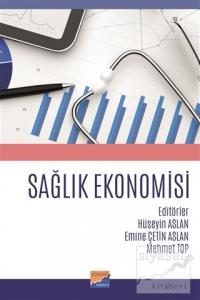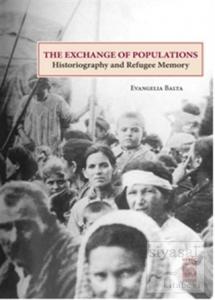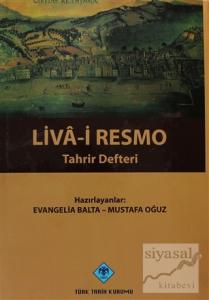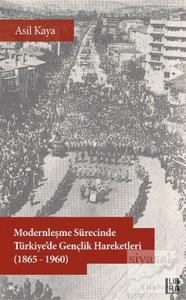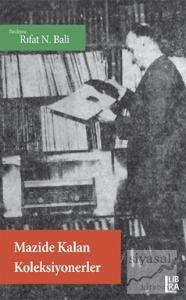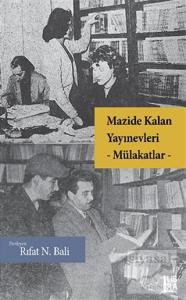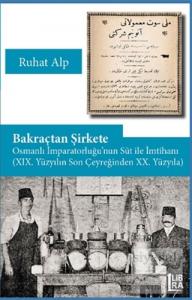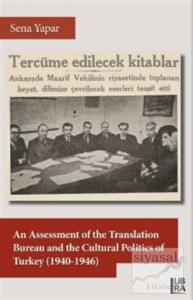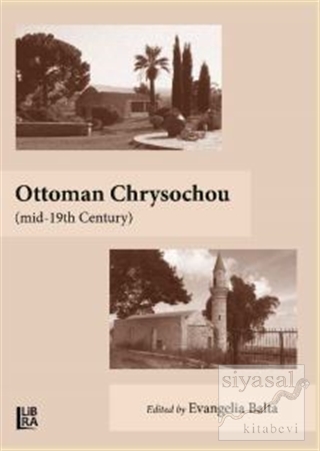
This volume presents the thirteen 19th-century fiscal censuses of the district of Hrisofi (Chrysochou) on the north-western side of Cyprus andjoins the other two editions containing the censuses of the neighbouring kazas of Kouklia and Paphos released in 2015 and 2016 respectively. It covers the periodfrom 1825 to 1848. The sources, although concerning taxation, trace the demographic and social status of the population in the mid-19th century, providingopportunities for further comparisons with sources of this type, both older and newer. Research fields can therefore be extended to other periods too, and can bedirected at exploring issues that explain conversions to Islam, population movements, etc. The fiscal registers we examined reveal the picture that emerges fromofficial administrative data of the Ottoman Empire, a picture that is no different from that described by Western travellers who visited the island, inspired by aninterest in its glorious past in antiquity.
This volume presents the thirteen 19th-century fiscal censuses of the district of Hrisofi (Chrysochou) on the north-western side of Cyprus andjoins the other two editions containing the censuses of the neighbouring kazas of Kouklia and Paphos released in 2015 and 2016 respectively. It covers the periodfrom 1825 to 1848. The sources, although concerning taxation, trace the demographic and social status of the population in the mid-19th century, providingopportunities for further comparisons with sources of this type, both older and newer. Research fields can therefore be extended to other periods too, and can bedirected at exploring issues that explain conversions to Islam, population movements, etc. The fiscal registers we examined reveal the picture that emerges fromofficial administrative data of the Ottoman Empire, a picture that is no different from that described by Western travellers who visited the island, inspired by aninterest in its glorious past in antiquity.




